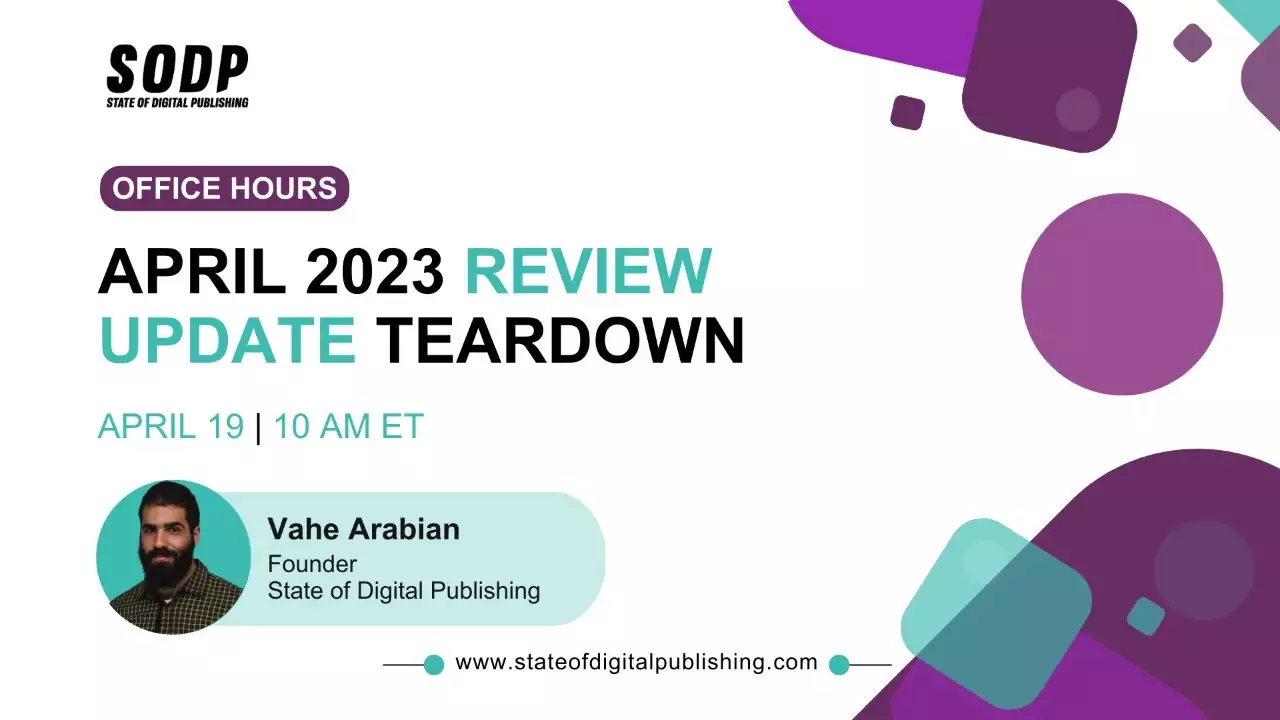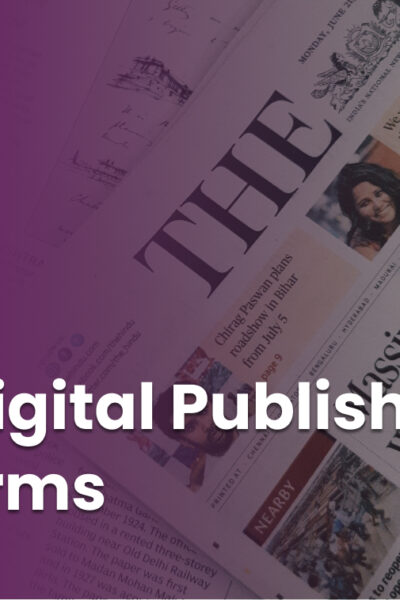Self-publishing is a global trend which provides new distribution and monetization possibilities, especially for aspiring authors. To prepare, publish, and promote books or magazines there’s no need for the participation of the publishing house or external companies which collect most of the profits. Digital technologies give a lot of possibilities to achieve success as a self-publisher and there are many examples proving this theory (some of them you’ll find below).
What should you know about self-publishing if you want to enter into it? How will digital technology help you? What the future of self-publishing will look like?
In this article, I’ll try to answer the above questions.
What is exactly self-publishing?
Simply speaking it is the publication of content or media by its authors themselves without the involvement of a publishing house. The self-publishing authors control the entire process of book creating from start to finish. It doesn’t mean they can’t hire people like designers or editors. However, all profits and rights stay with the author. Self-publishing usually refers to books and magazines, but it may also apply to albums, pamphlets, brochures, video content, etc. This movement has its roots in history – it has been a way to defy authority or resist oppression.
What’s most important, self-publishers bear all the costs and risks of publication themselves. When the book is successful they retain all the profits, but in the opposite situation, they have to face failure on their own. That’s why they should think like entrepreneurs taking charge of all variables, trying to predict as many consequences as possible.
While traditional publishers can sell books into regular bookstores and get reviews in mainstream media, for self-publishers it is nearly impossible unless a publication becomes a breakout bestseller.
Probably, many of you have just started wondering if it’s possible to become a self-publish book successfully.
Of course, it is.
Self-publishing successes examples
I am going to give you some examples of self-published books that you’ve probably heard about but didn’t exactly know what their beginnings looked like.
- “50 Shades of Grey”. Did you know that the author, E.L. James self-published this story? It appeared on fanfiction sites firstly, and then on the author’s website before switching to a self-published ebook and print-on-demand physical edition. You probably know what happened next – it achieved success all over the world. Even if someone hasn’t read this book or hasn’t seen a movie, they’ve probably heard about the title.
- “The Martian” written by Andy Weir. The author who was a computer programmer originally self-published this novel, selling a version of the book on Kindle in 2012. “The Martian” became very popular in the online world, what led to producing a movie based on the book in 2015. It was nominated for seven Oscars, including best picture of the year
- “Still Alice” by Lisa Genova. She self-published her book in 2007 thanks to iUniverse. After a year of using different marketing techniques and websites (including Myspace, Goodreads, and Shelfari) her efforts started to pay off. In the effect, the book subsequently appeared in the New York Times Bestseller List for more than 40 weeks and had been translated into more than 20 languages.
These authors have one thing in common. They started their independent publishing journey with the Internet.
The above examples show that self-publishers can publish and sell their content through many different online platforms, and with an engagement turn the effort into a worldwide success.
The digital world favors self-publishers
The improvement of digital technologies and platforms (and changing readers’ habits along with it) have given self-publishers huge opportunities to build their businesses and careers on an unprecedented scale. It’s an easy to adopt and cost-effective way to show a publication to the world. In many cases, publishers only need their content as a PDF file to start publishing and selling it using an e-kiosk built on their website.
I would venture to say that this path is the best choice for beginning authors, writers, and storytellers. They have limitless options to independently create and distribute the publications no matter what they want to publish.
They can use digital publishing companies that not only offer and improve their platforms but also aim to extend beyond publishing services by offering e.g. building websites, SEO audit, or help with promotion.
Why is the publishing industry’s present situation favorable for self-publishers?
- Many publishers have moved their publications to digital and the Covid-19 pandemic situation is a factor accelerating this process.
- For the above reason, advertisers have lost trust in print distribution cooperation.
- Profits from print distribution are melting while costs remain the same.
- Digital publishing technology is well matured and easy to apply even without technical knowledge.
- Customers are used to buying digital goods (including content) online and this trend has grown during the pandemic lockdown.
No matter how long we remain under the influence of Covid-19, most of the above changes and habits will stay with us.
The self-publishing process doesn’t end when a book is already released
As someone working in a digital publishing company, I can admit that releasing a book is only the first step for self-publishers. Selling it successfully demands a lot of work. One of the most asked questions we get from authors is:
– “Why isn’t my e-book selling well?”
We always say two highly important things: content distribution diversification and promotion. Both of these answers are ways to encourage people to an e-book. Even if your book is well written, it needs some help, especially if you are a beginning writer. The world just has to hear about you and your content.
Content distribution diversification
How can people know that your content is something they will be interested in? You should put an effort into building a group of fans enjoying your content – they’ll be the ones who became your readers. By a group of fans I mean subscribers to your newsletter, podcasts listeners, blog readers, fans of your public appearances, etc.
Content distribution diversification is the best you can do to show people the value of your content. What does it mean in practice? Extract free content from your work which draws attention, attracts readers and distributes it via appropriate channels: website, blog, social media, mail, etc.
And finally, add a little bit of promotion strategy to this.
E-book promotion
To build traffic, drive users directly to your sources. You can do it in two ways: paid and free. The first one means that you pay for advertisements such as social media ads, paid content promotion, paid influencers. You can also do it for free. Share content on Facebook, LinkedIn, on websites related to authors. There are social websites like Goodreads which allows publishers to speak directly to potential readers.
These distribution channels should be customer touchpoints. When you share content on them, you increase visibility and build brand awareness.
What about the future of self-publishing?
Despite all of the technological amenities, self-publishing is still a difficult and demanding way to go. Readers’ trust and engagement need time to be built. However, self-publishing has become a more popular and respectable alternative choice for a writing career. Authors who are motivated and hard-working, can build global audiences and make money.
Looking at the technology development we can say that self-publishing will be easier in the future. It will continue to rise in a wider form allowing for wide revenue possibilities. According to Angelica Hartgers, content creation specialist at selfpublishing.com, self-publishing will be based on direct sales from author to the reader by subscription model mainly.
That’s why it may be worth considering this option right now.









